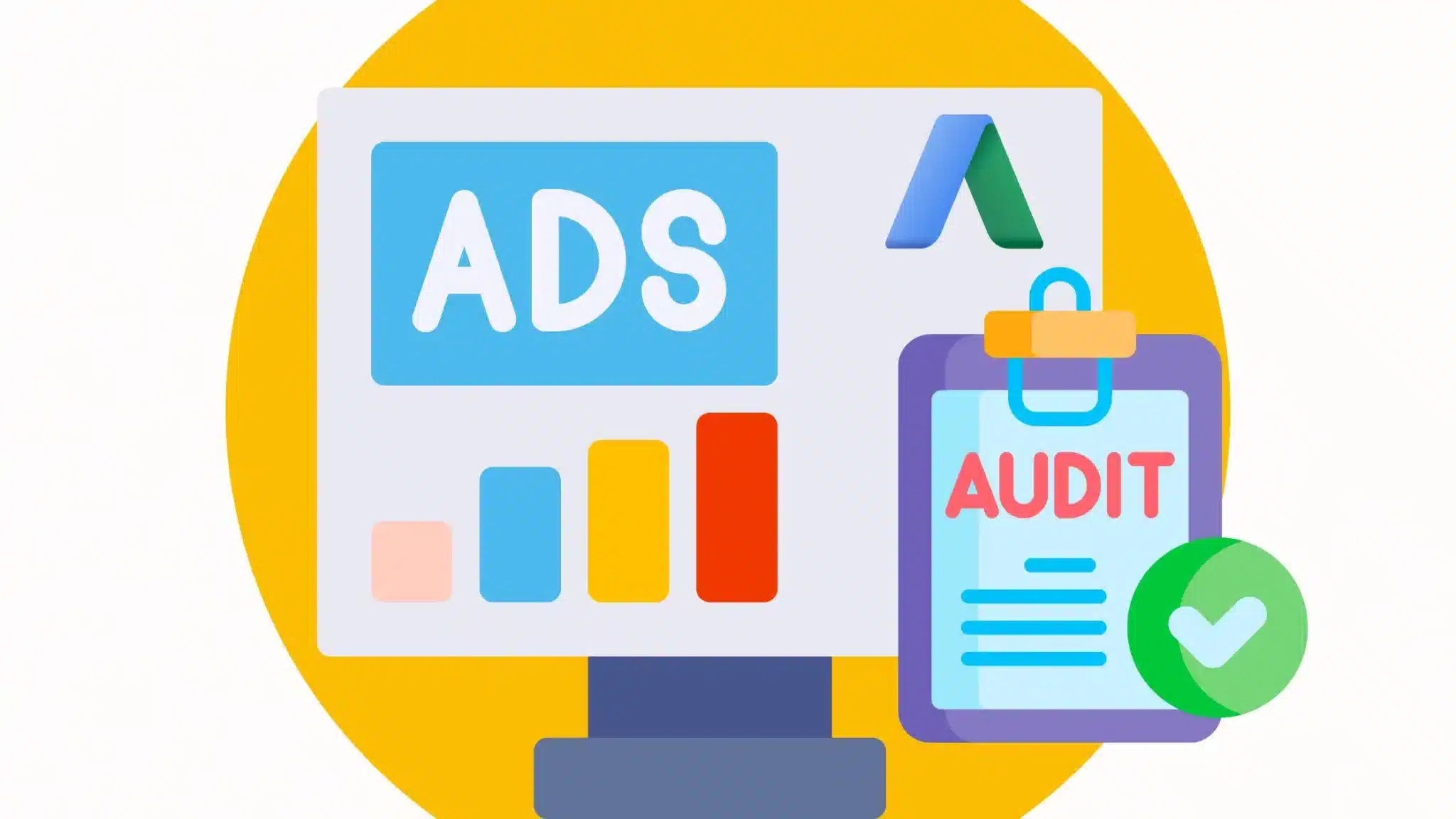To ensure that your ads reach and convert your target audience, it's crucial to follow these ten steps.
1. Define campaign objectives
Defining your objectives is the foundation of your Google Ads strategy. It's important to know what you really want to achieve. For example, if you want more people to know about your brand, your campaigns should focus on impressions and reach.
Example: If you sell beauty products and want to raise awareness of your brand, a Performance Max campaign may be ideal. This campaign uses AI to maximize your visibility across multiple Google channels (YouTube, Display, Search, Discover). The aim here would be to increase impressions and measure the impact on your site's traffic.
2. Structuring the account
A well-organized account structure facilitates campaign management and optimization. Divide your campaigns according to relevant criteria such as different products or services, market segments and specific objectives.
Example: For an online clothing store, here's how to structure your account:
- Campaign 1: T-shirts (ad groups for short sleeves, long sleeves)
- Campaign 2: Pants (ad groups for jeans, chinos)
- Campaign 3: Accessories (ad groups for belts, hats)
3. Targeting the audience
Precise audience targeting is essential to maximize ad relevance and effectiveness. Demographic targeting (age, gender, income) and geographic targeting (specific areas) enable ads to be delivered to the market segments most likely to convert.
Example: A local plumbing services company may only target people living within a 50 km radius of its headquarters. If it finds that the majority of its customers are homeowners between the ages of 35 and 55, it will adjust its parameters to specifically reach this age group.
4. Choose keywords
The choice of keywords determines the relevance of your ads to users' searches. Select relevant keywords and exclude irrelevant ones (negative keywords).
Example: For a company selling laptops, keywords might include "buy laptop", "cheap laptop", while negative keywords might be "laptop repair" to avoid irrelevant clicks.
5. Optimizing ads and extensions
Ads should be clear, engaging and aligned with campaign objectives. Use ad extensions to improve visibility and performance. Test different ad versions to determine the most effective.
Example: An online shoe store can use dynamic ads to automatically insert the search keyword into the ad, making the ad more relevant. Price extensions can display shoe prices directly, attracting users looking for specific offers.
6. Budget and auction management
Effective budget and bid management are essential to maximize profitability. Use automated bidding strategies to optimize spending based on keyword performance.
Example: For a product launch campaign, a company can use the target cost-per-acquisition (CPA) bidding strategy to automatically set bids and maximize conversions within the set budget.
7. Optimize landing pages
Landing pages must offer a coherent, fluid experience for users arriving via ads. They must be optimized for conversion, with relevant content, clear calls to action and intuitive navigation.
Example: An e-commerce site advertising a summer clothing promotion should ensure that the ad link leads directly to a page dedicated to summer clothing, with attractive images, clear descriptions and prominent buy buttons.
8. Track conversions
Conversion tracking allows you to measure the effectiveness of your campaigns in terms of return on investment. Make sure that conversion tracking is correctly configured to capture all important actions (purchases, registrations, contacts).
Example: A SaaS company could track registrations for free trials of its software. By analyzing this data, it can adjust its campaigns to attract more qualified leads.
9. Analyze performance and optimize
Regular performance analysis helps identify trends and optimization opportunities. Use analysis tools to track key KPIs such as click-through rate, cost per click and conversion rate.
Example: If a campaign generates a high click-through rate but a low conversion rate, this could indicate that the ads are attractive, but that the landing page or offer needs to be optimized to better convert traffic.
10. Write an audit report and draw up an action plan
A detailed audit report documents the strengths and weaknesses of your campaigns. Use this information to draw up an action plan with clear objectives, concrete milestones and a timetable for implementation.
Example: A report might reveal that certain campaigns targeting specific keywords have a low return on investment. The action plan might recommend reallocating budget to better performing campaigns, or adjusting ads and keywords to improve relevance and performance.
